Andy Murray: Wimbledon champion can be world number one - Tim Henman
- Published
The moment Murray won Wimbledon (again)
Britain's Andy Murray has the momentum to become world number one for the first time after winning his second Wimbledon title, says Tim Henman.
Murray, ranked second behind Novak Djokovic, earned his third Grand Slam by beating Milos Raonic on Sunday.
"Trying to get to number one is a realistic opportunity now because he and Djokovic are so far ahead," said Henman, a former world number four.
"He can use this win as a springboard to push on and win several more Slams."
Murray, 29, returned to number two in the world rankings in October 2015, but still has plenty of ground to make up on Djokovic - despite the Serb's shock second-round defeat by Sam Querrey at SW19.
The British number one is likely to need to win September's US Open and the ATP World Tour Finals in December to move anywhere near 29-year-old Djokovic, who has held the top spot since July 2014.
Murray will 'win more Grand Slams'
Murray's first major title was the 2012 US Open and he followed that up with his maiden Wimbledon title a year later.
But he had lost his previous three Slam finals before ending that miserable run against Canadian sixth seed Raonic.
It was the first major showpiece the Scot had not faced either Djokovic or 17-time Grand Slam champion Roger Federer.
"In terms of being ranked among the all-time greats, it is a numbers game - how many more he can win," said former British number one Henman, who reached the Wimbledon semi-finals four times.
"Obviously he has to stay injury-free and maintain his momentum - which he will - to win more. It is going to be great to watch."
Boris Becker, the six-time Grand Slam champion and now Djokovic's coach, agrees Murray can extend his tally and believes more SW19 success is almost inevitable.
"At 29 he is at the peak of his career," said the 48-year-old German. "He has been playing great tennis for the past 18 months and I'm sure he will go on to win a few more.
"Grass is his most natural surface compared to the other players around him. He will always be a big threat at Wimbledon and he will be winning a couple more."
Wimbledon 2016: Andy Murray's magical year
'One of Britain's greatest sports stars'
Murray is the first British man to win multiple Wimbledon titles since Fred Perry, who won three titles between 1934 and 1936.
And Henman believes the Scot's latest success makes him Britain's most eminent sportsperson.
"Right now he is top of the pile," he said.
Former US Open finalist Greg Rusedski went even further than his old rival Henman, saying Murray should be considered as one of "Britain's greatest ever sportsmen".
"What he's accomplished is tremendous," said the Canada-born former British number one.
Lleyton Hewitt, who won the Wimbledon title in 2002, believes Murray is the perfect role model for aspiring youngsters.
"He does everything right, he is so professional and wants to do the small things to turn himself into a better player," said the Australian.
"It is also particularly impressive how he deals with losses.
"It couldn't have been easy losing the Australian Open final for a fifth time earlier this year and then, in his first French Open final, losing to the one guy - Djokovic - who has held the weight against him for so long."
"For him to come and respond, I couldn't be happier for him."
Murray 'could not have played any better'
Murray avoided becoming the first man to lose the first three Grand Slam finals of the year, easing past the big-serving Raonic on Centre Court.
The second seed's straight-set win meant he only dropped two sets - both against French 12th seed Jo-Wilfried Tsonga in a gripping quarter-final - on his way to the title.
"He didn't put a foot wrong all tournament," said Hewitt. "He got off to a great start by getting through the first week very comfortably. The only hiccup was against Tsonga, where he had to dig deep at start of the fifth set.
"But he played a faultless match against Raonic. He went out there with the perfect game plan."
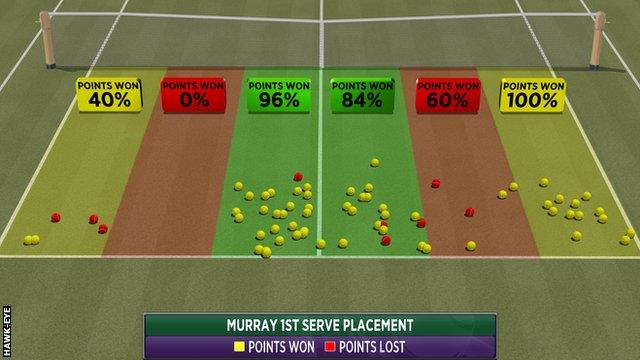
Murray won 87% of points behind his first serve - meaning he could be ultra aggressive when returning
Raonic's serve dismantled by Murray
Raonic reached his first Grand Slam final with a remarkable five-set win over seven-time champion Federer, but was unable to trouble Murray's solid defence - despite serving with up to speeds of 147mph.
"There is no doubt the whole scenario of the draw opening up after Djokovic went out put extra pressure on him," said Henman.
"He knew how good an opportunity it was against Milos Raonic - but to go out and deliver, especially against someone with the firepower of Raonic, it is not easy.
"But Murray was clinical in every area. Raonic had served 137 aces in his previous six matches and midway through the second set had just served two - and that was credit to Murray.
"He is such a good returner, he gets the ball back in play and makes life so difficult for his opponent."
Fastest serve of Wimbledon? No problem for Murray
Murray managed to win 36 return points against the Canadian, including 24 on his first serve. Raonic managed to create just two break points, at the start of the third set, failing to convert either.
Henman added: "Returning big serves is obviously something he has worked hard on over the years and it is all about his technique.
"You saw Federer standing close to the baseline when he was trying to return against Raonic and he was almost a little static, allowing Raonic success by going into the body.
"Murray stands further back then probably anyone else and then takes step forward to meet the ball.
"He has got short swings and doesn't try to generate power because he doesn't need to and with a firm block able to get ball back into play."
The Murray return (compared to the other semi-finalists) | ||||
|---|---|---|---|---|
Murray | Raonic | Federer | Berdych | |
Returns in (%): | 77 | 64 | 67 | 67 |
Return winners: | 10 | 20 | 10 | 12 |
Points won v 1st serve (%) | 34 | 22 | 29 | 30 |
Points won v 2nd serve (%) | 58 | 50 | 49 | 57 |
Return errors: | 107 | 226 | 142 | 150 |
Source: IBM | ||||
You can now add tennis alerts in the BBC Sport app - simply head to the menu and My Alerts section
- Published10 July 2016
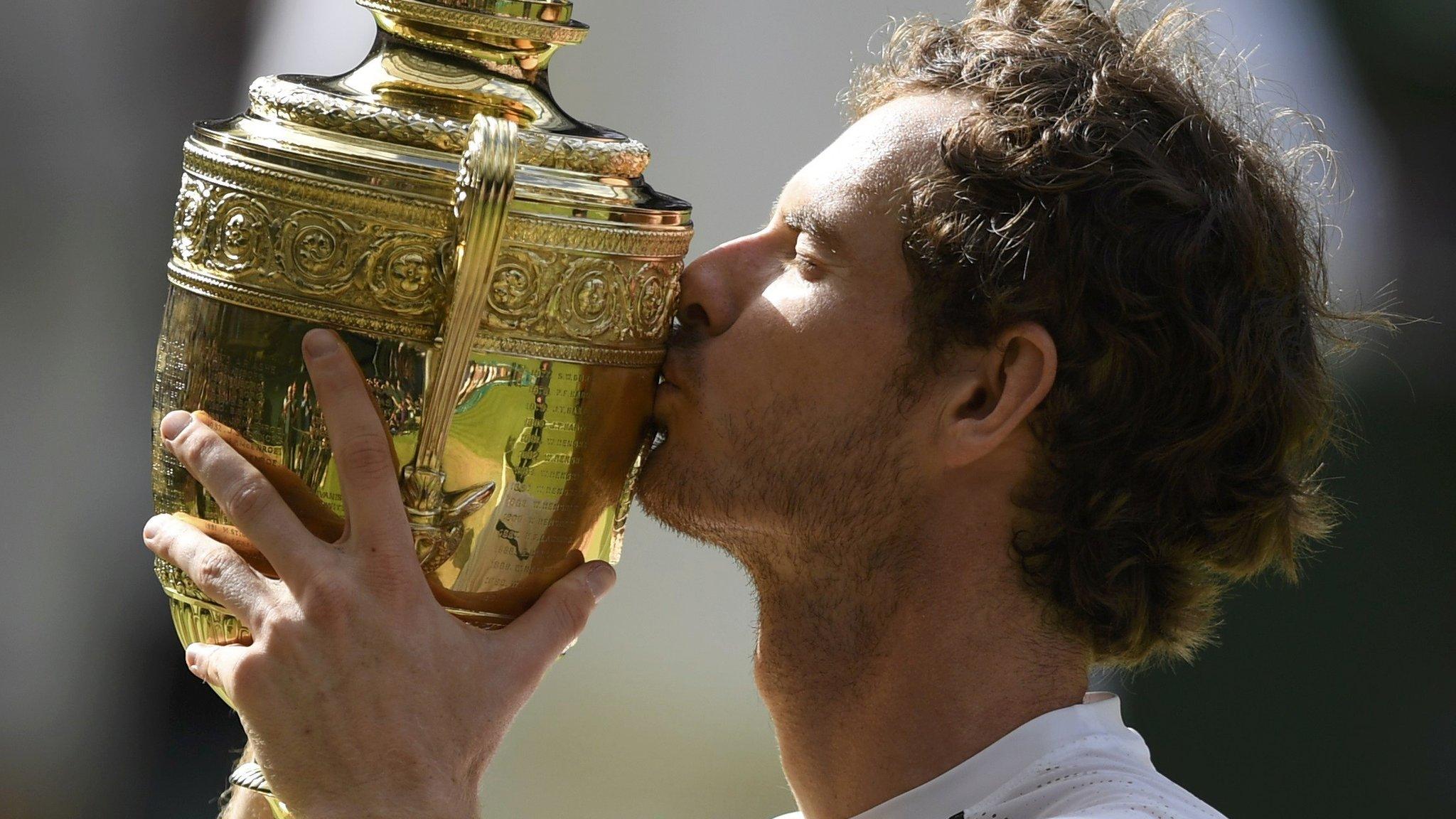
- Published10 July 2016
- Published10 July 2016
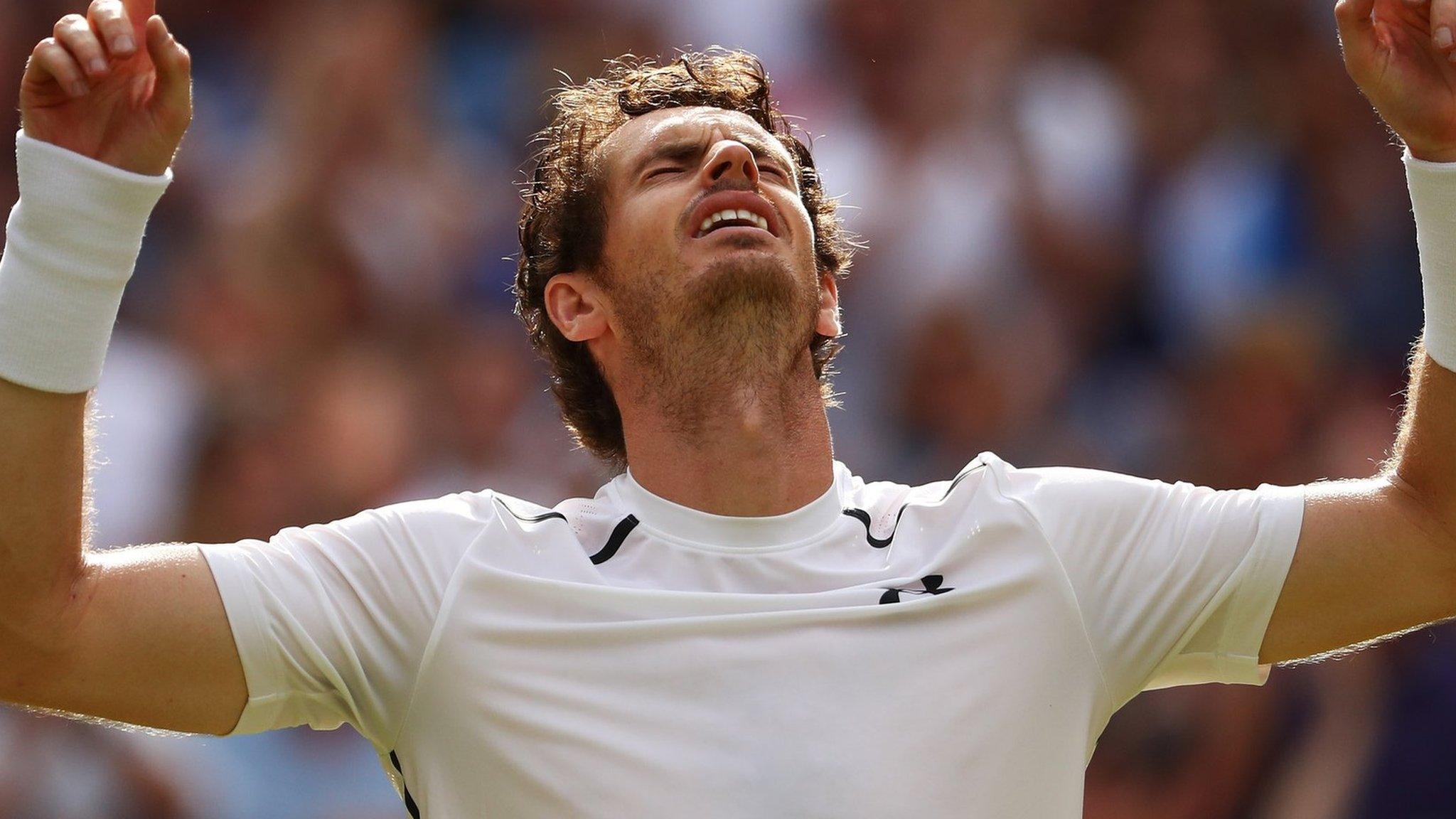
- Published10 July 2016
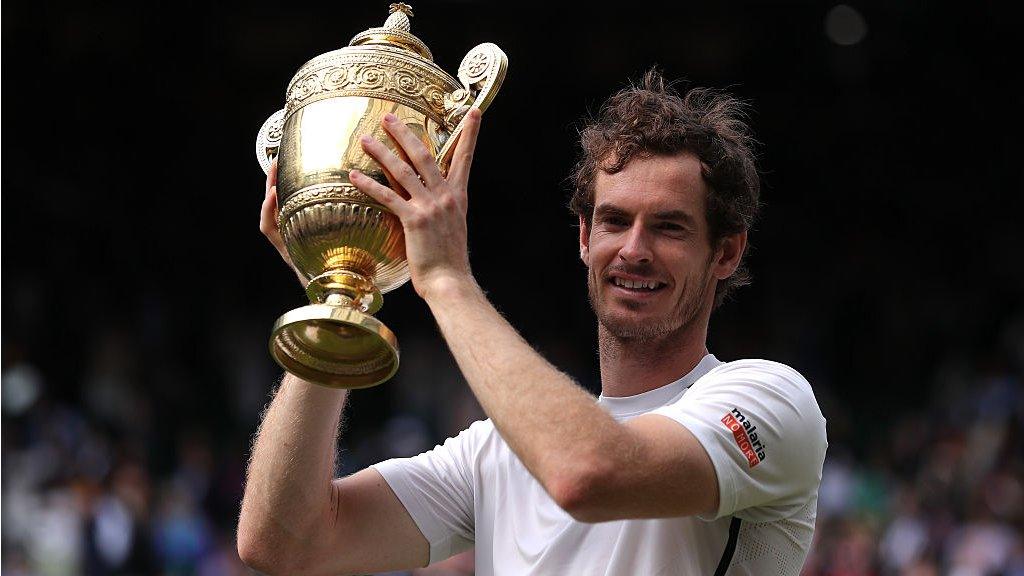
- Published8 November 2016
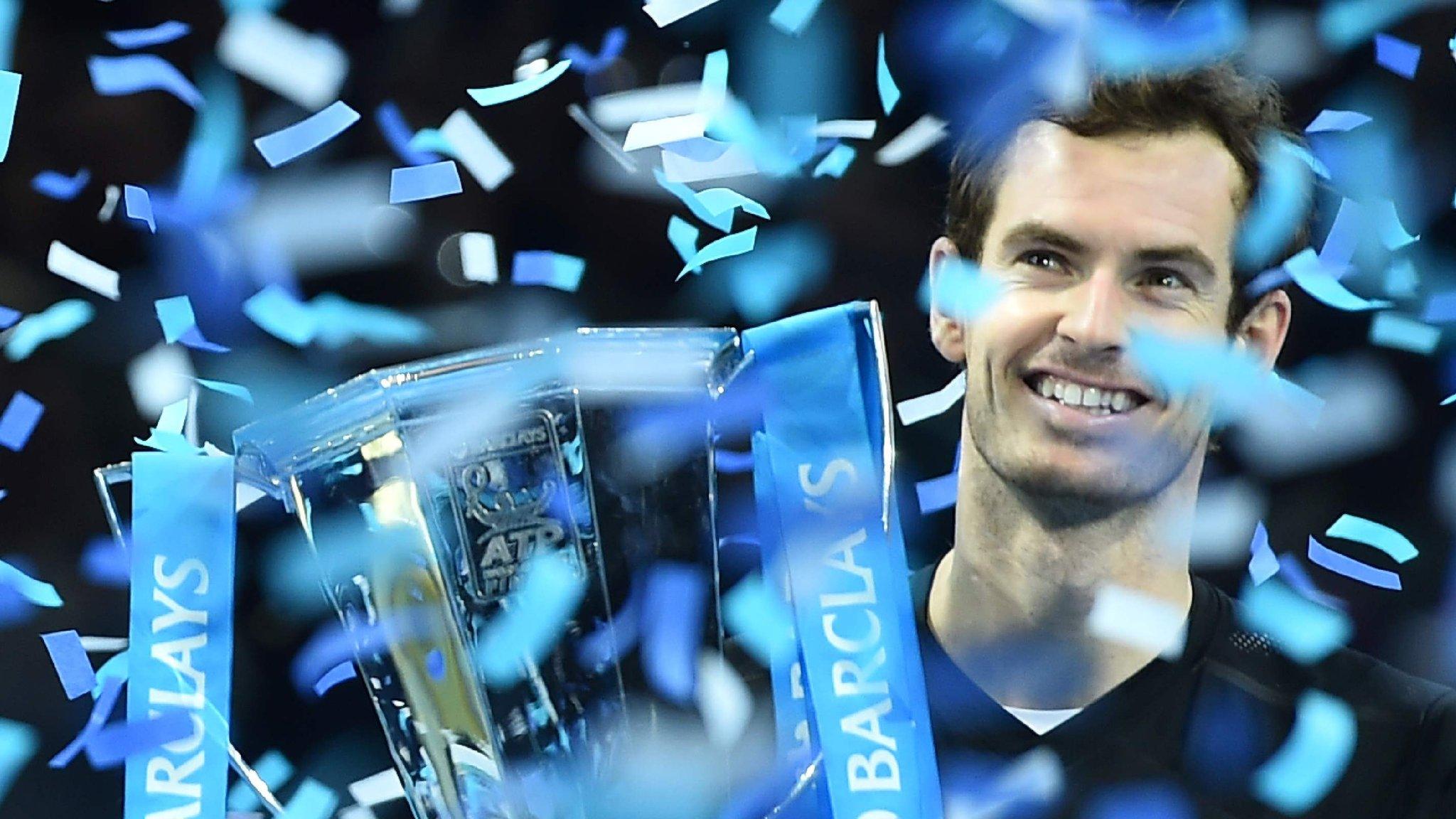
- Published17 June 2019
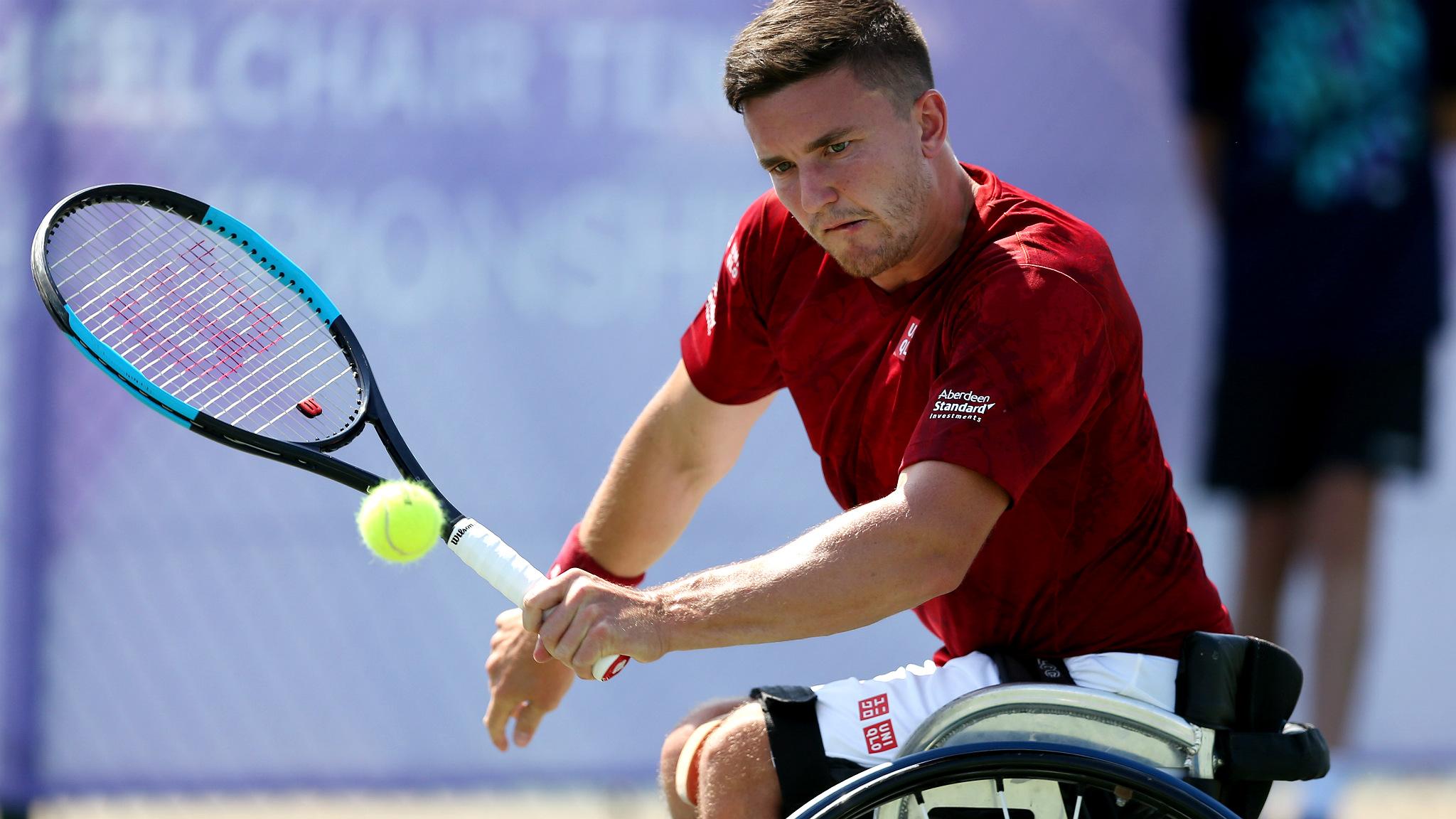
- Published8 August 2017

- Published13 May 2016

- Published19 July 2016
